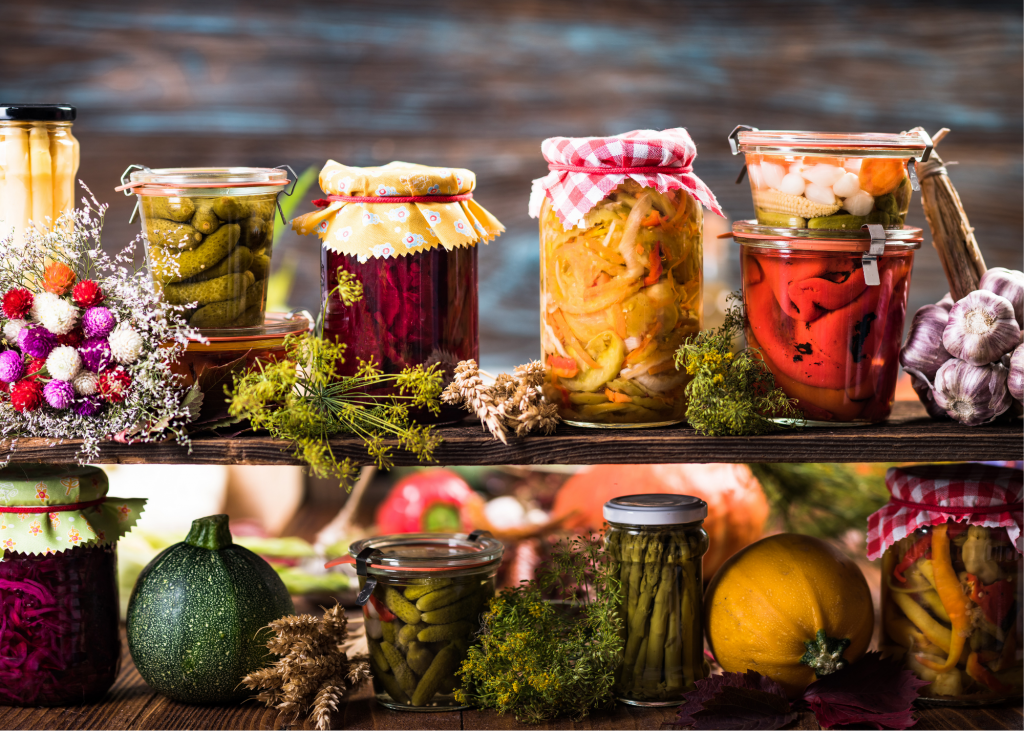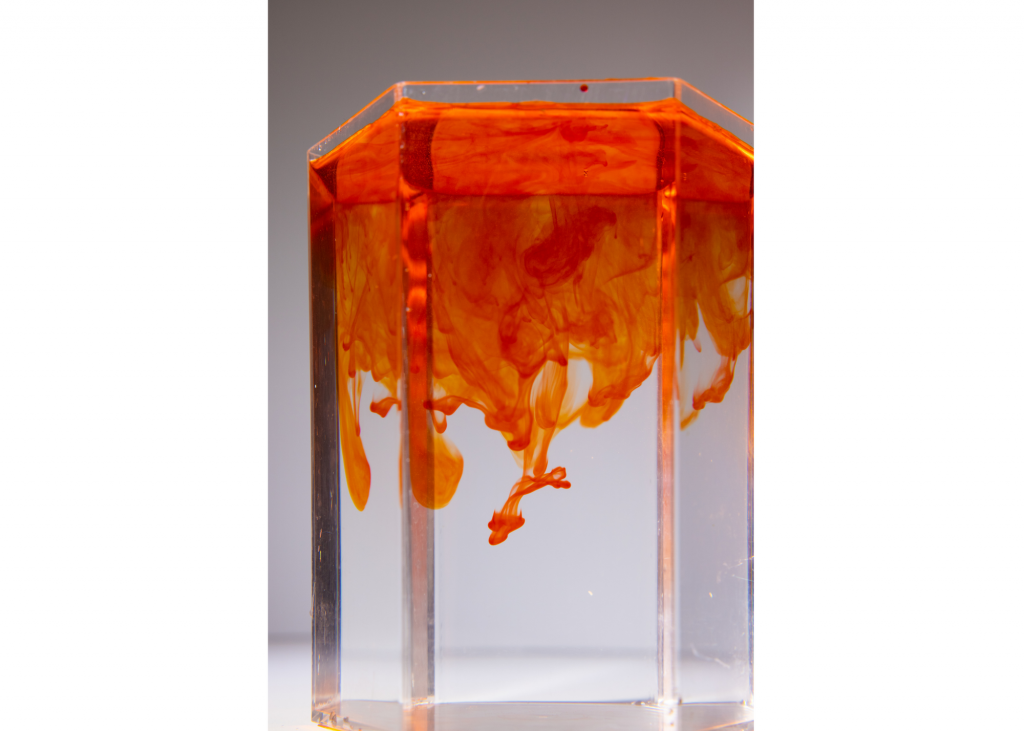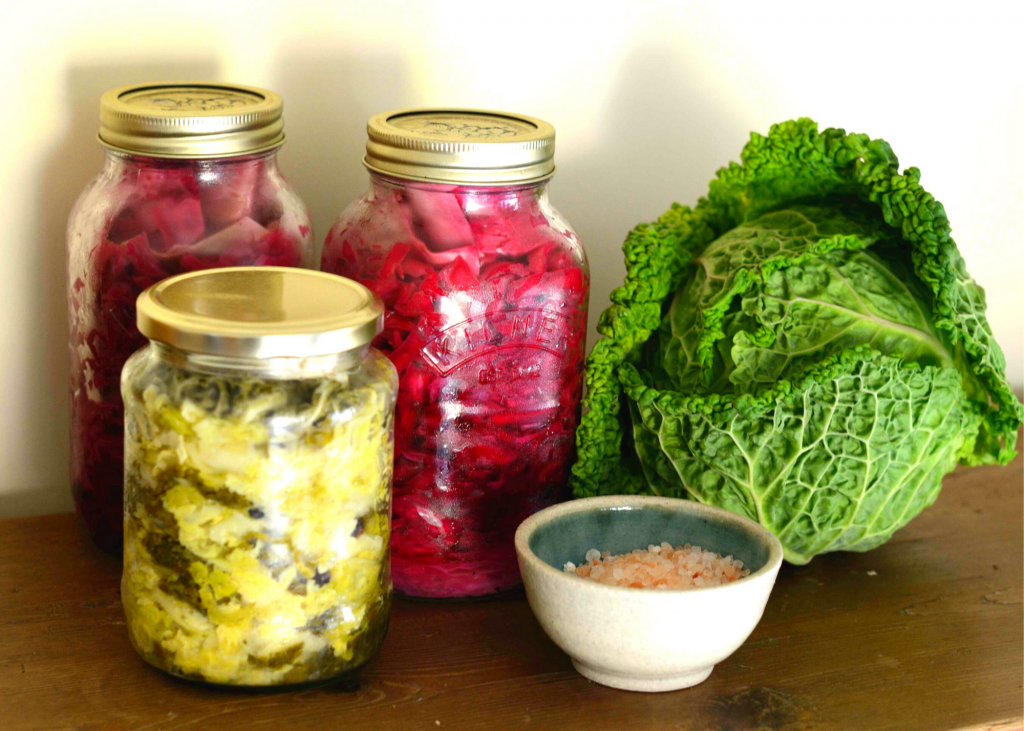There are so many questions about fermentation which surround the mason jar. Does it work for fermenting foods in? Is it safe? Is it effective? Why is it effective or not? This is one of the posts in a series on the mason jar for fermentation. We will be specifically targeting oxygen diffusion and how that affects fermentation. Please see the other posts listed at the bottom to get a better overview of all the parts involved. Without further ado, join me in a dialogue on the mason jar and oxygen diffusion!

Review of Fermentation Requirements
Ok, so maybe a little more ado before we really get going. It’s tough to jump right into the middle of a conversation, so to speak. Let’s just do a quick summary of what we actually need in order to have a high quality and authentic ferment.
Fermentation Needs:
- Temperature – generally 68-86 degrees F
- Light -dark environment
- pH – low/acidic
- Salt -high salt
- Anaerobic environment – no oxygen
With the mason jar, all of those necessities can be met with the exception of the last one on the list: anaerobic environment. This dialogue on the mason jar and oxygen diffusion will focus on what happens to the ferment when oxygen gets past the lid.
Dialogue: Low Amount of Oxygen Getting In Mason Jars
In the post “Are Mason Jars The Best Tools For Fermentation?”, I go over the fact that the mason jar lid is not airtight, no matter what type of modification one has rigged. So with that piece of information under our belt, one might ask, “So what?”. The general thinking that follows goes something like this:
“Even if some oxygen get’s in, it is very restricted and won’t make a difference in my ferment.”
Response On Mason Jar Oxygenation
The article above looks at how extremely minute oxygen molecules are. Even “a little” makes a big difference, especially if it is a continuous stream. The lactic acid bacteria (LAB), which are the reason fermentation occurs, will never be able to get enough of a foothold to properly drop the pH (the first cascade in the LAB fermentation pathway). The oxygen loving bacteria (responsible for mold and food decay) will always have some oxygen supply to keep them going. Eventually, the oxygen loving bacteria will beat out the LABs and you will have food decay, not preservation. But even if you use it up before you see any mold forming, your ferment will never be strong and robust because the bacteria have all been fighting one another for energy sources.
Dialogue: Not Much Will Be Oxygen Diffused
Ok, so maybe it will affect some of the ferment. The next logical response would be; “But just the top will be affected by any oxygen getting in and the rest will be fine.”
Response to Top Layer Oxygen Diffused
In my post “Discussion on Ferments Exposed to Oxygen,” I talk about the idea that just keeping vegetables under the brine is not equal to an anaerobic environment. The reason being, oxygen in the air diffuses into the water. Brine acts in the same way; oxygen still diffuses into salty water no matter if it’s the ocean or a jar on your counter. The diffusion rate is such that by the time you’re ready to consume your ferment, most of it has been diffused with oxygen.

There are a few factors that affect the diffusion of oxygen in water.
- Temperature: Dissolved oxygen decreases as the temperature increases
- Salinity: Given the same pressure and temperature, saltwater holds around 20% less dissolved oxygen than freshwater
- Altitude: Water at lower altitudes can hold more dissolved oxygen than water at higher altitudes.
Oxygen Diffusion Rates
I was about to say, time for a little math. But in all honesty I’m not the best at math, so I’m going to have to estimate here a little. The numbers should be fairly close though.

For fresh water, oxygen diffusion happens at a rate of 17 days per inch. In the case of salt water, the diffusion rate is 20% less/slower. However, if you weigh your salt out properly and are utilizing the recommended 2% salinity, that will be significantly less salt than a normal 33-37% salinity of salt water. Given our fermenting brine is, comparatively speaking, almost the same salinity as fresh water, I’m going to just stick with the 17 days per inch math.
But then we need to account for the temperature. Heat causes oxygen to diffuse more quickly. At the start of the fermentation process when it is at room temperature, the oxygen will diffuse at a faster pace, but then slow down once it’s in the cold refrigerator temperatures. This will affect the math a bit as well. Since it will be in a cooler environment longer, let’s add a few inches and bring our number up to 20 days per inch. The last factor of altitude has more to do with ocean depth and pressure, so that won’t have as much to do with our discussion right now.
Oxygen Diffusion Example in Mason Jar
A quart size mason jar is filled up with sauerkraut and ready for it’s 12 week fermentation time. Utilizing our diffusion rate above, the top inch of the ferment will be oxidized by day 20. If the sauerkraut is at a depth of about 5 inches, roughly four inches of the sauerkraut has already oxidized by week 12. That’s almost the entire jar of sauerkraut, oxidized.

Now we can give some wiggle room for dodgy math and fermentation times. Sauerkraut does have a 2 week window, so let’s put it at a 10 week fermentation, and maybe say we were a quarter of the way off with the rest of the math. That would put us at 2.5 inches of the jar oxidized. Not as bad. But what do you take from your jar every time you get some out to eat? The very top layer. In addition, every time you get some out, stir it around, etc., you are mixing in more oxygen. This will further weaken your LABs and strengthen your oxygen-loving bacteria. In conclusion, even a little oxygen spoils the whole lot.
What Now?
Hopefully this dialogue on the mason jar and oxygen diffusion has provided a little insight into how fermentation works in relation to oxygen and fermenting equipment. I fermented in the mason jar for a while, but eventually I stopped because my ferments weren’t turning out how I read they should based on fermentation science. Another thing to consider is that even if you consume “fermented” foods from a mason jar without apparent health issues, it’s possible for problems to accumulate over time, resulting in health issues in the long run. Whatever you decide to do, I always advocate for doing good research and being well informed before making health decisions. Enjoy the other posts on this topic here at Healthy Joyous Living!
Please see this list of other posts to address other questions that might have come up after this dialogue.


Leave a Reply